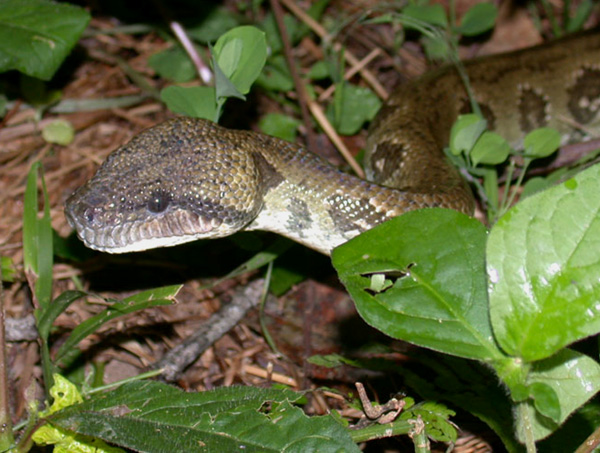
As the calendar rolls over, we find ourselves still exploring the impressive African island of Madagascar. Today, our target is the stunning, albeit, somewhat scary (if you don’t like snakes) Madagascar Tree Boa. Yes, this non-venomous boa constrictor lurks throughout the forests of the infamous island…at least for now. Unfortunately, this snakes population is decreasing rapidly and as such they have been listed as “Endangered”. The major cause for the decline in their population is the usual culprit – habitat destruction, Believe it or not, the forest home this boa loves to slither through has been reduced by 85% as a result of farming and development. Although this doesn’t leave much room for our featured animal to roam, the Government of Madagascar has made commitments to increase the number of protected areas in an effort to protect some of these beautiful creatures…let’s hope it isn’t too late.
In the Trees
This large, non-venomous and endangered snake can typically be found high in the trees, only coming down to feed or to move to a new part of the forest. Unusual for most snakes, the Madagascar Tree Boa is actually a “night owl”. Well, they are not literally an owl but they are nocturnal so your best chance to see these snakes roaming the forest floor would be long after the sun goes down. If you are a small mammal, bird, frog or a reptile then you would not want to see this snake slithering toward you. Like the name suggests, this boa constrictor will capture their prey and use their large body to suffocate their dinner before swallowing them whole. This fate would definitely inspire me to stay away from this nocturnal predator.
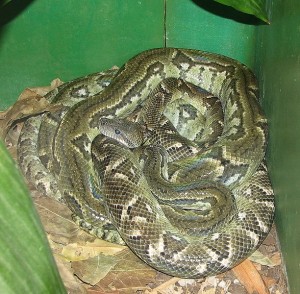
Changing Colours
While the Madagascar Tree Boa is typically a nice green colour – to blend in with their tree top home – this is not always the case. Interestingly enough, when these little snakes are born they have a bright red colouring. Although we don’t know exactly why these snakes are born this way but the best theory suggests that this bright red colouring would help the young snakes mimic the colourful flowers found throughout their habitat. This theory would make sense as the larger, adult Madagascar Tree Boa would have a difficult time convincing others that they are a 6 foot long flower, so it is probably best for them to work with the standard green camouflage.

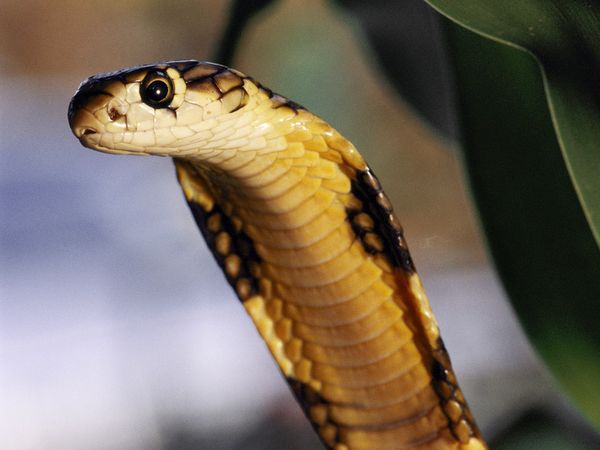
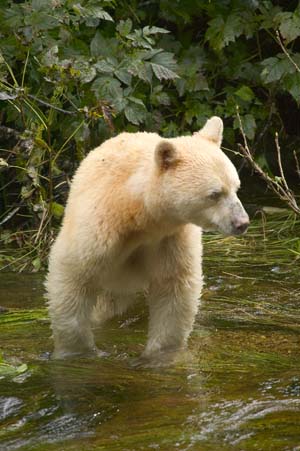
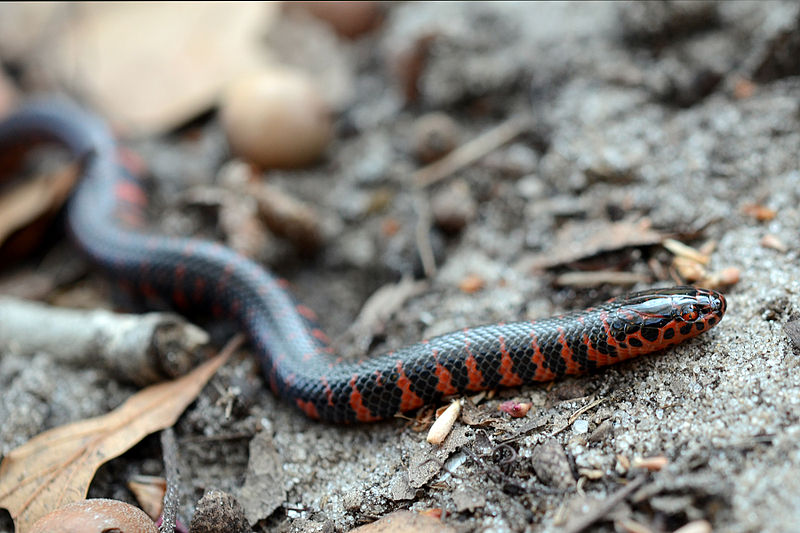
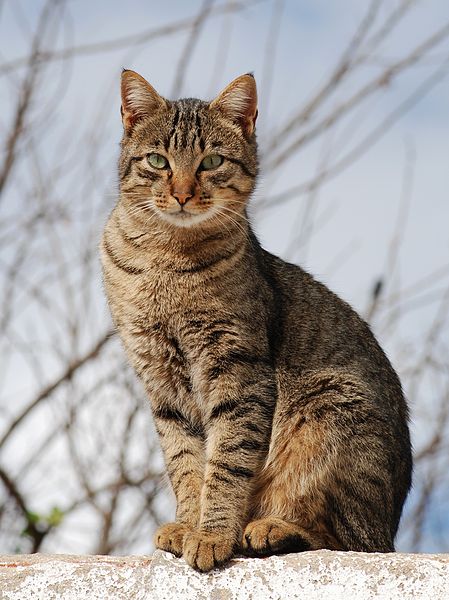
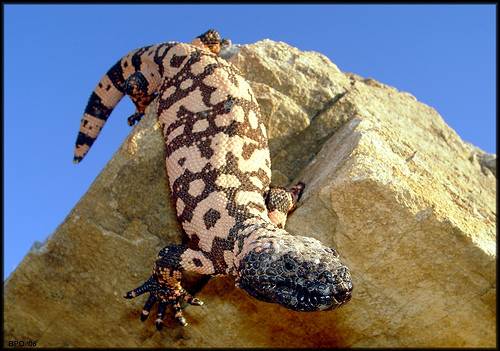
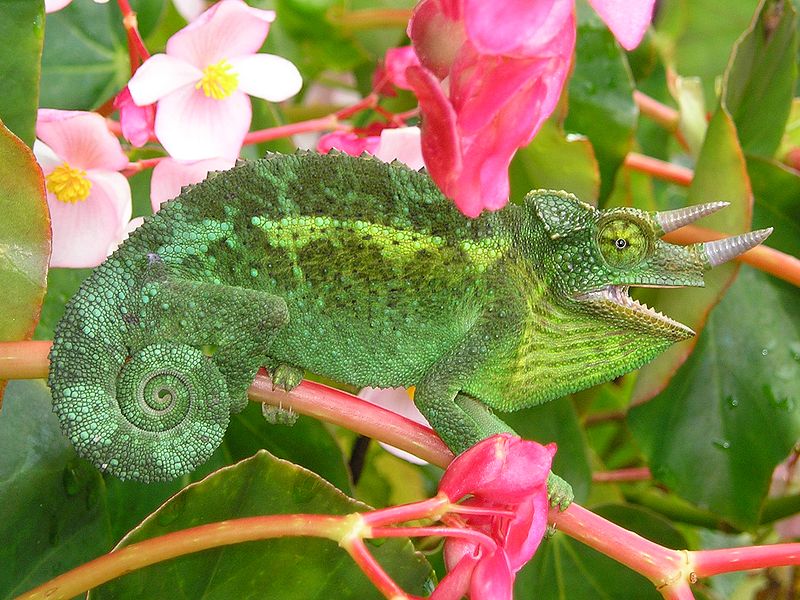
I learned that there are boas that live in trees. I learned that the tree boas are not poisonous and that the babies are bright red instead of green like their parents.
I wonder why the babies are red and why the boa is not poisonous? I wonder what people will do to keep the tree boa from dying out?